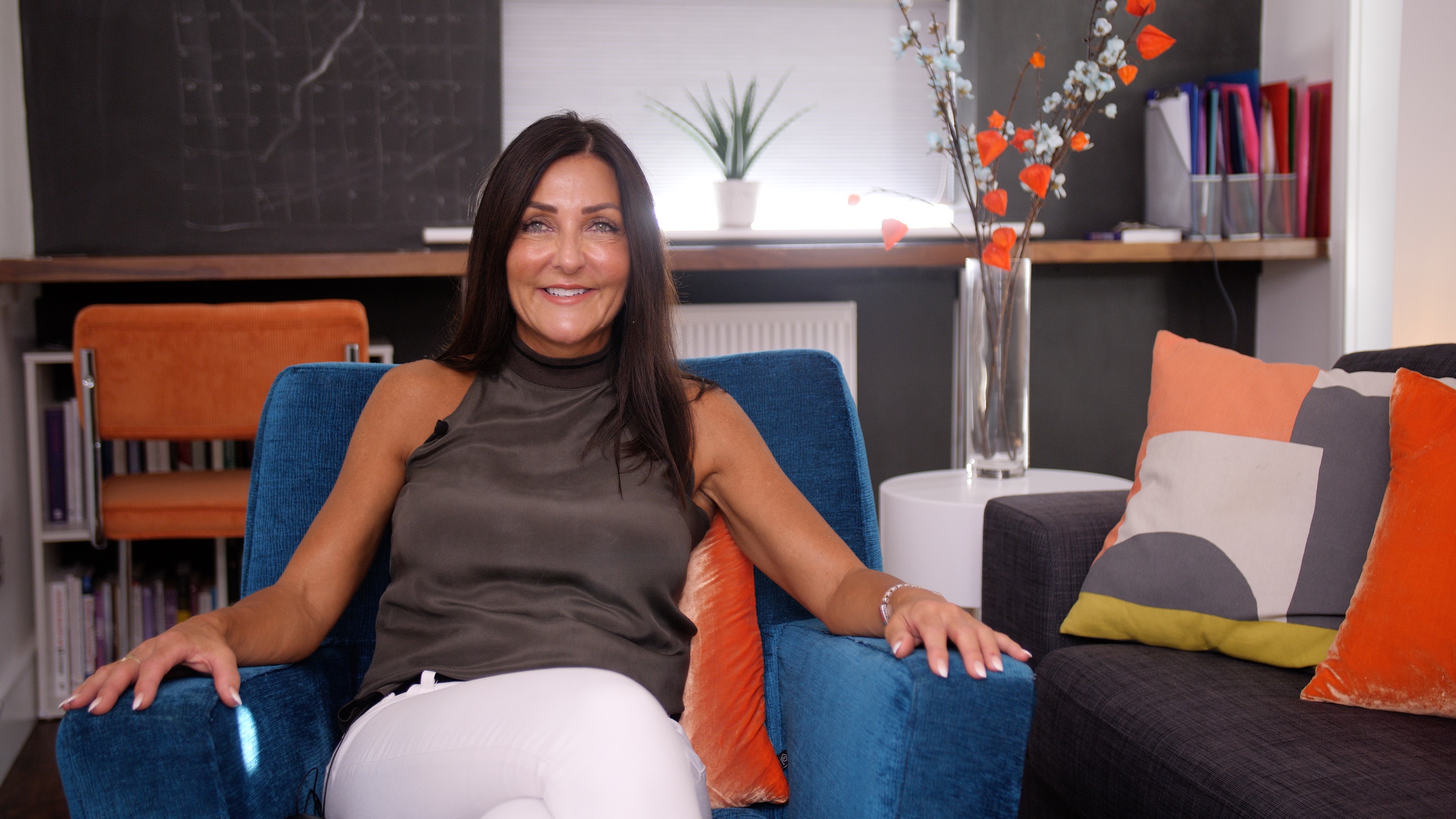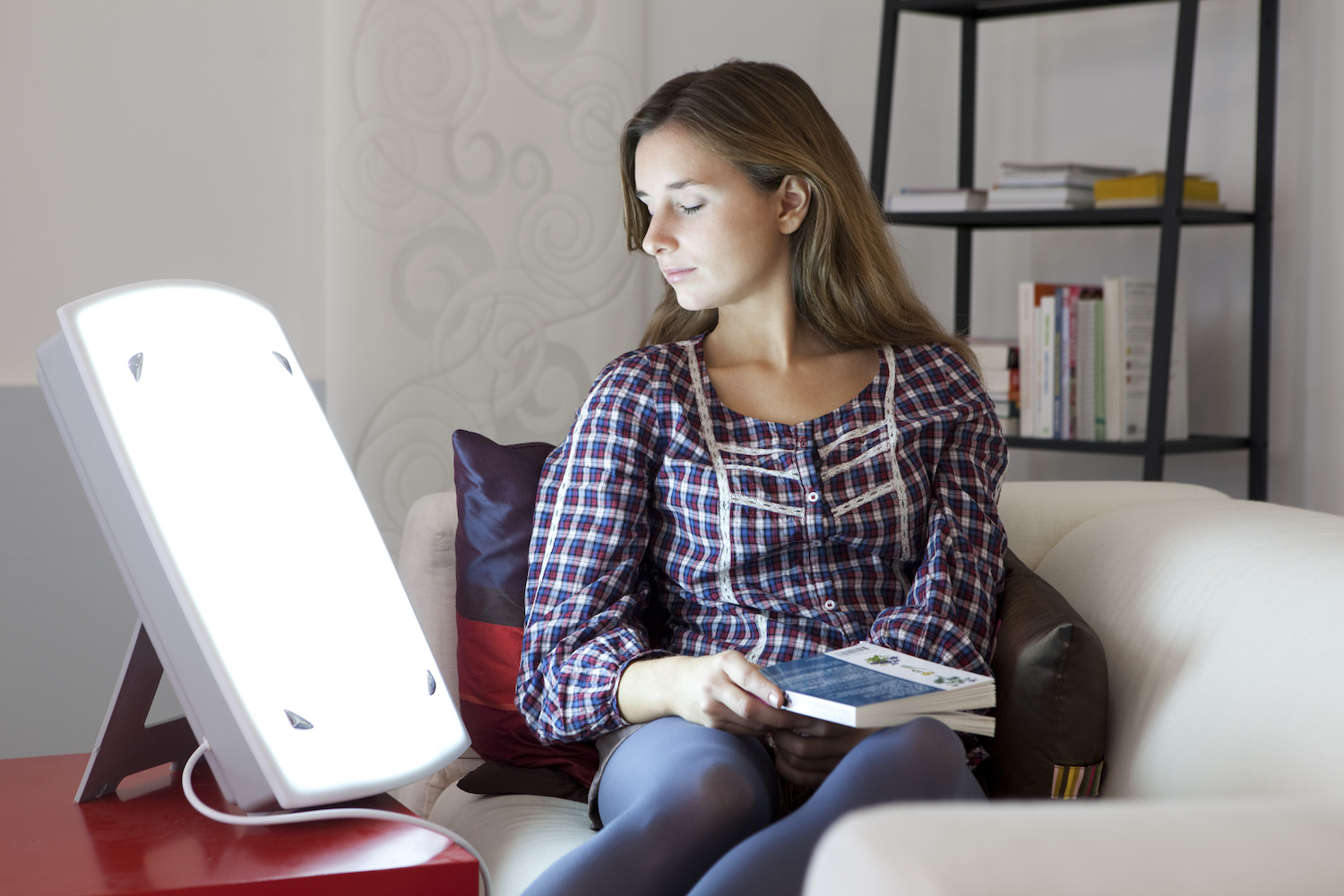Seasonal Affective Disorder: What are the symptoms?
Although seasonal affective disorder (SAD) can strike in summer, it’s most common throughout fall and winter — here are the symptoms to look out for.

Heard of the term Seasonal Affective Disorder (SAD)? Although the exact cause of this type of depression is unknown, SAD has been linked to the changing of the seasons.
SAD is most common in the darker months of the year, when exposure to sunlight is decreased, vitamin D levels are reduced and there is an imbalance of serotonin and melatonin levels. According to a review in the The Physician and Sportsmedicine journal, SAD affects one to 10 percent of the population every year.
But it’s not just your mood that SAD can affect. It can also leave you feeling fatigued, irritable and with a short attention span. To discover what is SAD, how it’s diagnosed and the most common symptoms, we spoke to a number of professionals in the field. Keep reading to see what we discovered.
What is seasonal affective disorder?
Seasonal affective disorder is a type of depression that is characterized by its recurrent seasonal pattern. It’s thought to be linked to the changing seasons and is most common in the fall and winter months.
According to psychotherapist and counselor Lindsay George, when you have SAD, “a lot of people present with what looks to be symptoms of depression”. So what makes this type of mood disorder different to clinical depression or the more general winter blues?
According to George, “SAD will essentially dissipate in the spring and summer months, whereas depression doesn’t”.
You may also notice differences in your sleep pattern. “With SAD, you sleep more,” George said. “It’s difficult to get up and out in the morning and you feel less motivated. While with depression, your sleep pattern is disturbed. So you may experience early morning waking or waking up in the middle of the night.”
Get the world’s most fascinating discoveries delivered straight to your inbox.

Lindsay George is an experienced counselor and psychotherapist, as well as a registered general nurse. She works with young people, adults and couples, specializing in many areas, including anxiety, depression, self-esteem issues, relationships, divorce and separation and eating disorders.
Although the specific cause of SAD remains unknown, research published in the Somnologie journal suggests that the decrease in sunlight during the darker months of the year can disrupt your circadian rhythm, which in turn, can lead to this depressive state. One possible reason for this is because our eyes have special photoreceptors that monitor light levels. These photoreceptors are thought to mediate the non-visual ways we respond to light, such as setting the body’s circadian pacemaker and affecting mood and temperament.
A drop in serotonin, due to a dip in sunlight, and the changes in the length of melatonin secretion — which researchers believe is due to the changing of the seasons — are also thought to have a part to play.
Seasonal Affective Disorder: Symptoms
According to George, many of the signs and symptoms of SAD include those associated with major depression. But with SAD, these symptoms come and go in a seasonal pattern.
The National Institute of Mental Health (NIMH) says that symptoms of SAD include:
- Feeling depressed
- Losing interest in activities you once enjoyed
- Overeating
- Weight gain
- Feeling sluggish or agitated
- Feeling fatigued during the daytime
- Feeling hopeless or worthless
- Difficulty concentrating
- Oversleeping (hypersomnia)
- Social withdrawal
Dr Victor Fornari, director of child and adolescent psychiatry at the Zucker Hillside Hospital in Long Island, New York, also said: "People tend to feel the symptoms in the autumn and more severely in the winter. Typically it lifts in springtime."
However, SAD can affect people in the summer months, too, and they may have symptoms that include:
- Trouble sleeping (insomnia)
- Poor appetite, leading to weight loss
- Restlessness and agitation
- Anxiety
- Episodes of violent behaviour

Victor M. Fornari, M.DM.S. is the vice chair and director of the Division of Child & Adolescent Psychiatry at Long Island Jewish Medical Center, including the Zucker Hillside Hospital and the Cohen Children’s Medical Center. He is also Professor of Psychiatry and Pediatrics at the Donald & Barbara Zucker School of Medicine at Hofstra.
While many symptoms of SAD parallel symptoms of depression, SAD sufferers go through a yearly cycle of depressive symptoms followed by a time when they are free from symptoms.
"The first thing to recognize is [that] having a day when you feel down is normal," Fornari said. "If you feel down for days at a time and you can't shake it, people should go see their primary care physician, especially if they have a disturbance in their sleep or if they're thinking about not wanting to live."
How is seasonal affective disorder diagnosed?
As published in the NIMH, to be diagnosed with SAD a person must meet the following criteria:
- They must have symptoms of major depression or the more specific symptoms listed above.
- Depressive episodes must occur during specific seasons (for example, only during the winter months or the summer months) for at least two consecutive years.
Who is most at risk of seasonal affective disorder?
In most cases, SAD begins in young adulthood. And according to the Anxiety & Depression Association of America, SAD affects 15 million adults (7.1%) of the U.S population.
This form of depression is more common in women than in men. It’s also far more likely to affect those living in the northern latitudes, where there are shorter daylight hours in the winter, compared to those living in the southern latitudes, a journal published in the Depression Research and Treatment reports.
While the NIMH states this form of depression is more common in those with major depressive disorder or bipolar disorder.
Treatment and medication for seasonal affective disorder
SAD treatments take different forms, because a person afflicted with SAD may respond better to one therapy than another individual.
Many people with SAD turn to "light therapy" from a light box, usually for 30 minutes in the morning. Its specialized fluorescent bulb mimics daylight.
"You sit a few feet away from the box. It can be very effective for people who have winter depression," Fornari said. "Often what they'll say is that, within a couple of days, they have more energy, that their mood is restored."
Doctors recommend SAD sufferers get medical advice before trying light therapy on their own. Working with an expert gives it the best chance of working, said Roecklein, because a doctor can prescribe how and when to use it and troubleshoot any issues.
A person trying light therapy should see their symptoms improve within three to four weeks if light therapy will help, according to the NIH.
Doctors may prescribe antidepressants for people suffering from SAD. A common drug prescribed for SAD is bupropion (Wellbutrin XL, Aplenzin), according to the Mayo Clinic. Several weeks may pass before a patient sees the full benefits of a medication.
Cognitive behavioral therapy (CBT) may also help people manage the depressive symptoms of SAD. During therapy sessions, people are asked to identify negative thoughts that cause them distress. Specialists then teach them skills that help manage and modify negative thoughts, Fornari said.
Researchers recently have learned that CBT, unlike light therapy and antidepressants, keeps working. "If you use it this year, your chances of having an episode as bad in the following winter are decreased," said Roecklein.
Further steps
Light therapy, antidepressants, CBT or a combination of these approaches are the first-line treatments for treating people afflicted with SAD.
Doctors also recommend these individuals try to get as much natural daylight as possible by taking walks outside or sitting near windows. Exercising and staying connected with family and friends can also ease SAD symptoms, Fornari said.
Other people see improvements after trying mind-body therapies such as yoga, meditation and guided imagery, which helps people create an uplifting narrative combined with a positive image, Fornari said. [9 DIY ways to improve mental health]
According to the Mayo Clinic, some people have tried herbal remedies and dietary supplements to combat the symptoms of SAD; however, these remedies may interfere with medications and have unwanted side effects, so it's best to speak with a doctor before trying them.
One of the current challenges in treating SAD sufferers is the trial-and-error period to find the right primary treatment for an individual, but that waiting period could be eliminated based on current research.
The human retina functions differently in SAD, according to Roecklein. So, she and her team measure a SAD sufferer's retinal response to light to predict what treatment would be best for that individual. This "personalized medicine" could get relief to future sufferers faster.
Additional resources:
- The American Psychiatric Association explains how SAD may develop.
- The NIH talk about the winter blues and treatment options.
- Learn about how SAD can affect teenagers.
If you have thoughts of suicide, get help right away. Call the toll-free National Suicide Prevention Lifeline at 1-800-273-TALK (8255).

Laura is the managing editor at Live Science. She also runs the archaeology section and the Life's Little Mysteries series. Her work has appeared in The New York Times, Scholastic, Popular Science and Spectrum, a site on autism research. She has won multiple awards from the Society of Professional Journalists and the Washington Newspaper Publishers Association for her reporting at a weekly newspaper near Seattle. Laura holds a bachelor's degree in English literature and psychology from Washington University in St. Louis and a master's degree in science writing from NYU.



